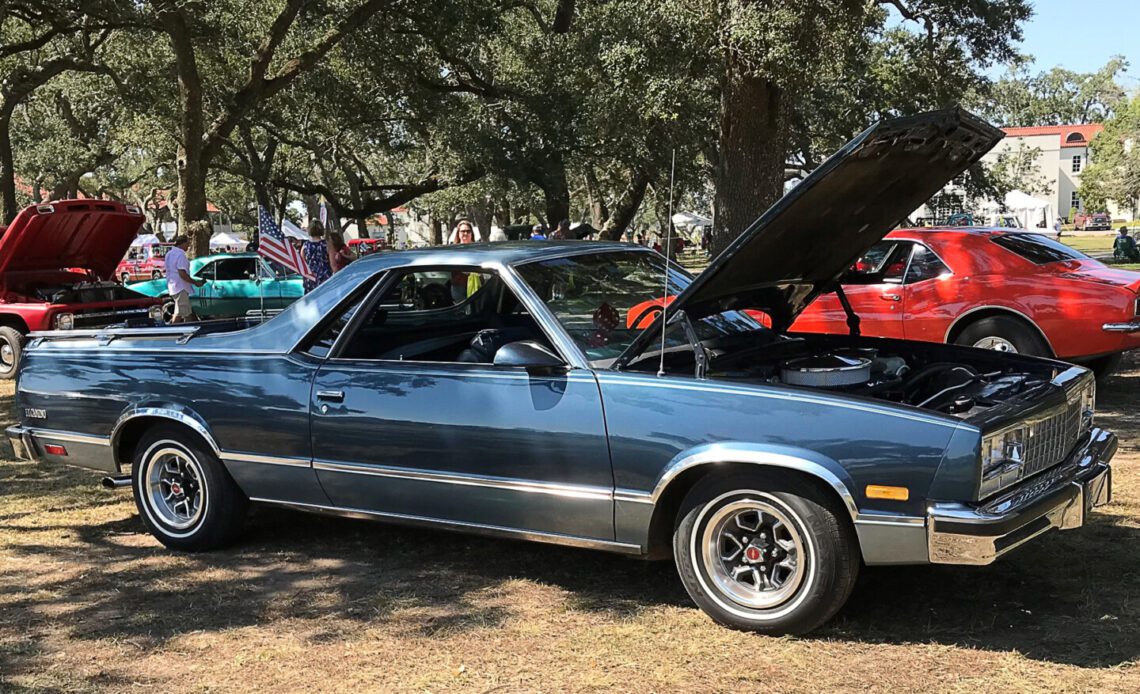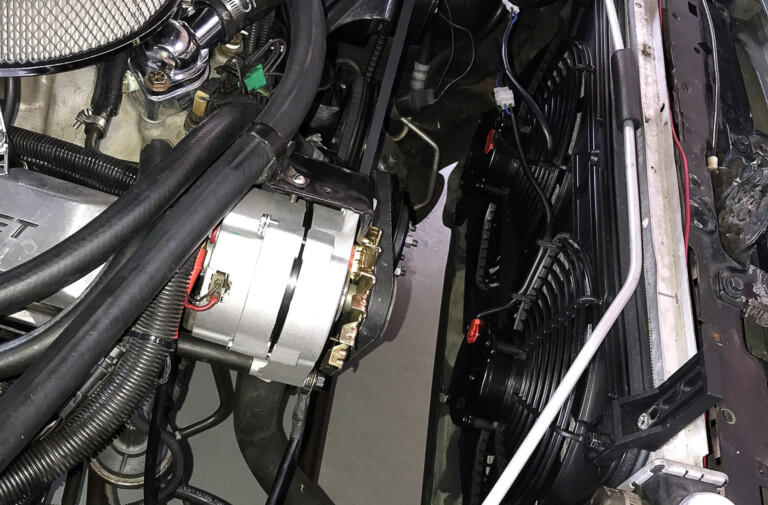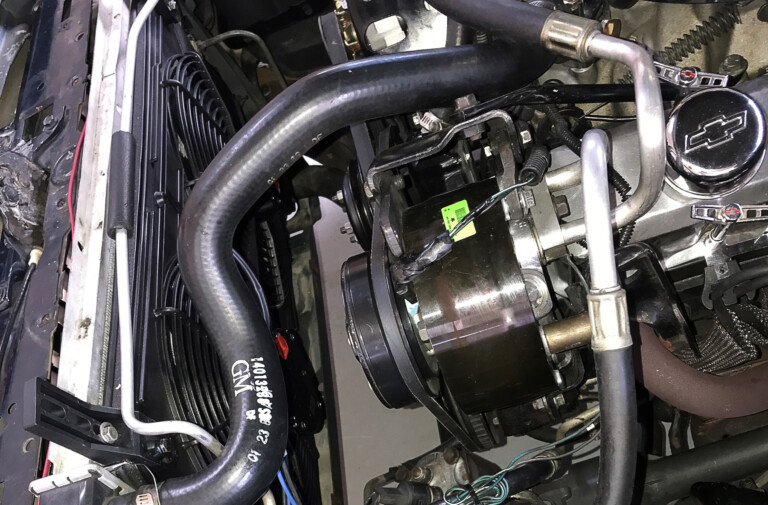Most of us dump piles of cash and invest numerous hours into our builds so we can drive the wheels off them when they’re complete. If you plan on logging a lot of miles with your project build, all of the vehicle’s systems need to be in tip-top shape, especially the cooling system. A properly designed cooling system with the right fans is worth its weight in gold when you’re cruising around on a hot day.
A fan and radiator might be designed to fit within the confines of your engine bay, but that doesn’t mean they’re going to be right for your specific application. It’s easy to get in trouble and underbuild your cooling system, this will bite you at the most in opportune times.
Jim Kahl from Maradyne High Performance Fans talks about some of the common mistakes people make when selecting parts for their cooling system.
“Accurately measuring the radiator “core” surface and selecting a fan that provides adequate coverage is integral. The more of the core area that can be covered the better. Maradyne strongly recommends that at least 65% of the core area be covered by the fan to achieve adequate cooling. In some instances, your vehicle may require two cooling fans to achieve adequate coverage. Shrouded fans should be used if space allows. Shrouded fans provide proper vectoring of air velocity through the radiator and improves engine cooling.”
The style of blades a cooling fan uses is also important according to Kahl. A straight blade will move a larger volume of air versus a curved blade, the trade-off is the straight blade generates more noise. Maradyne actually produces a fan blade that moves plenty of air and is quiet, but we will talk about that more later.
Kahle has some recommendations you need to keep in mind when its time to select a cooling fan for your vehicle.
“You need to decide whether you want a pusher fan that sits in front of the radiator or a puller fan that sits behind it. A pusher fan can obstruct ram airflow while the vehicle is in motion. If space permits, Marydyne always recommends using a puller fan that won’t block ram airflow. You need to determine the ideal amount of airflow required to meet your cooling capacity. A typical small-block engine needs 2,800 to 3,000 cubic feet per minute (CFM) of airflow, while a big-block engine typically requires 4,500 CFM. Third, you can choose between single and dual electric fan setups depending on your vehicle’s needs. Finally, decide between a shrouded fan or a…
Click Here to Read the Full Original Article at DragzineDragzine…



